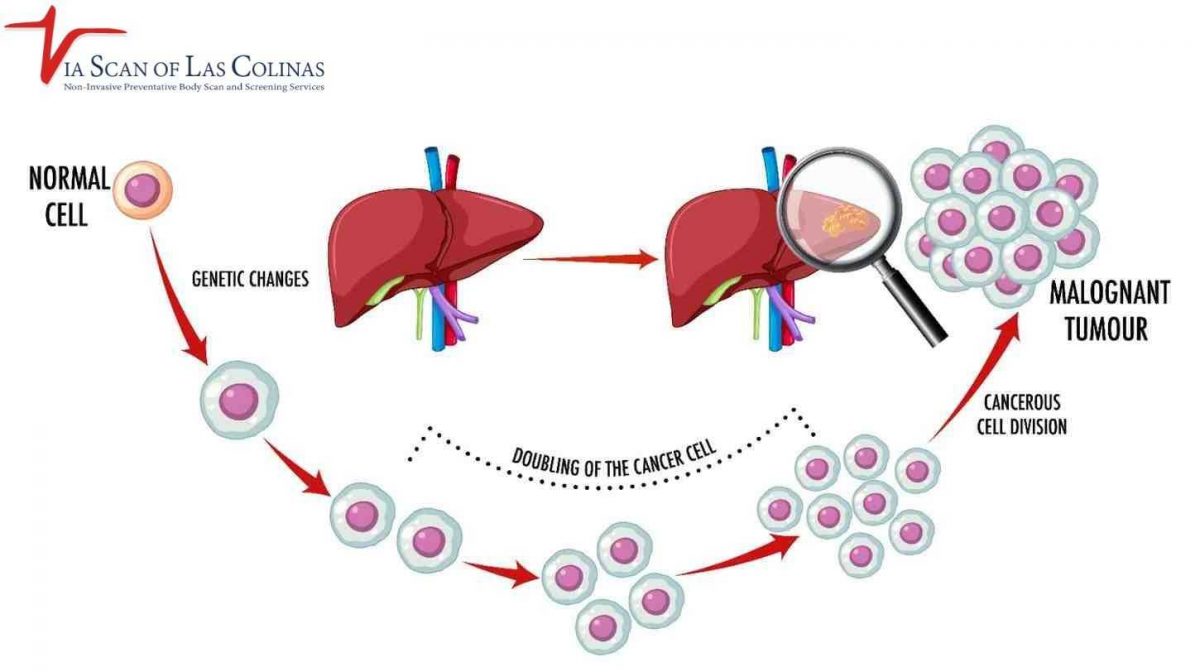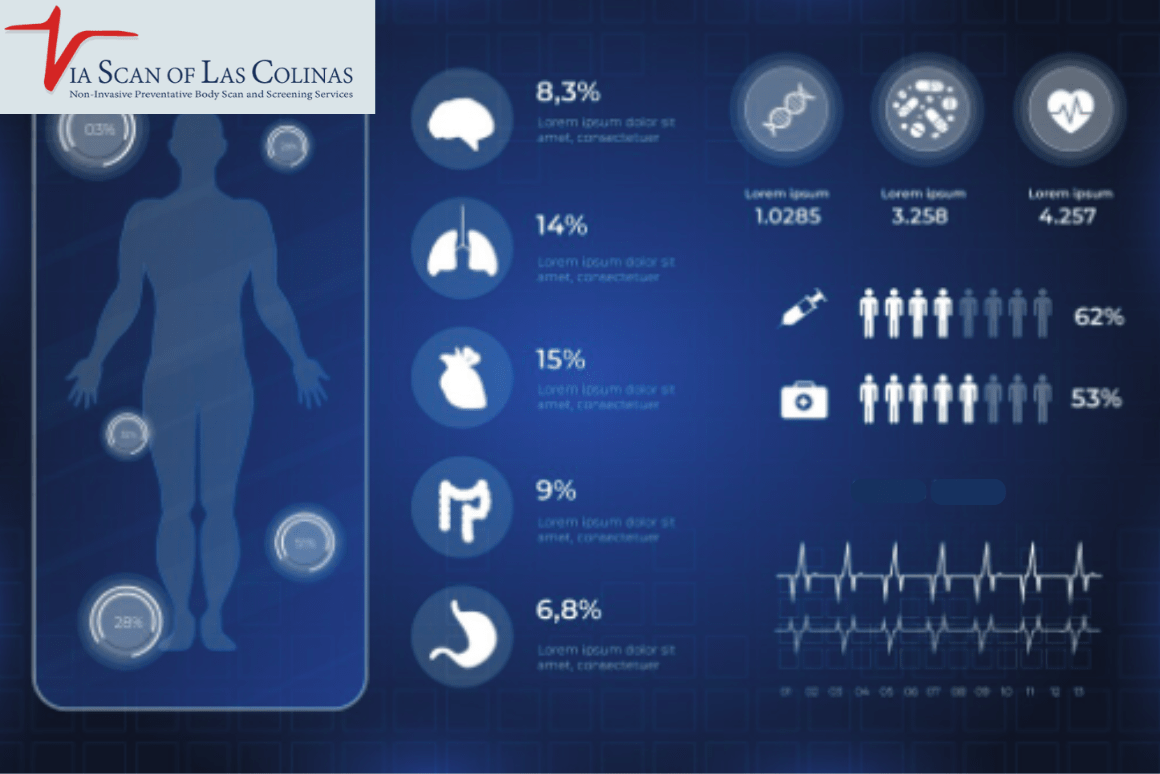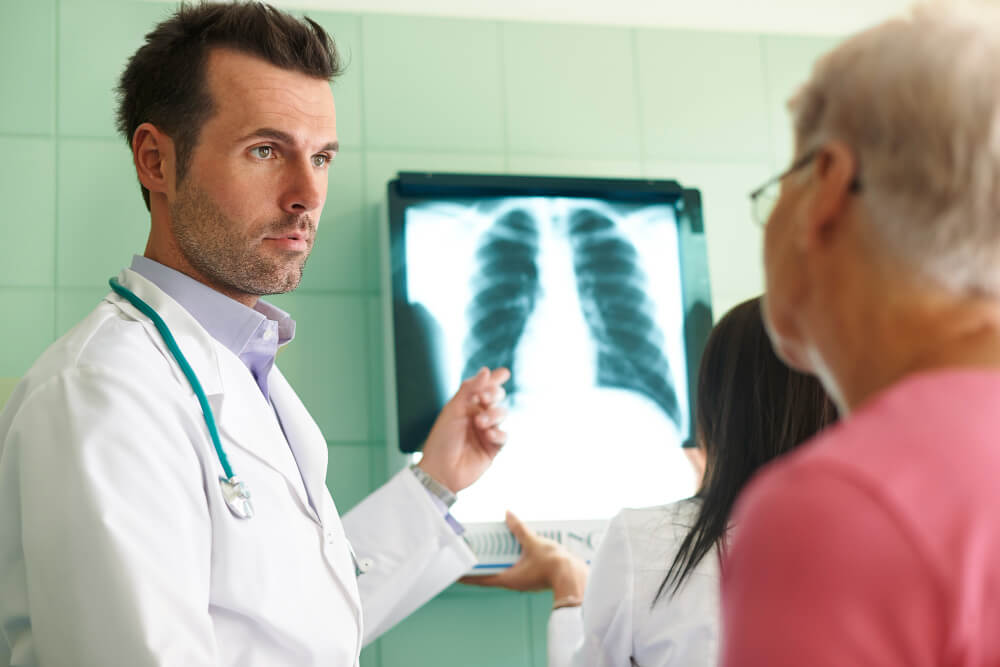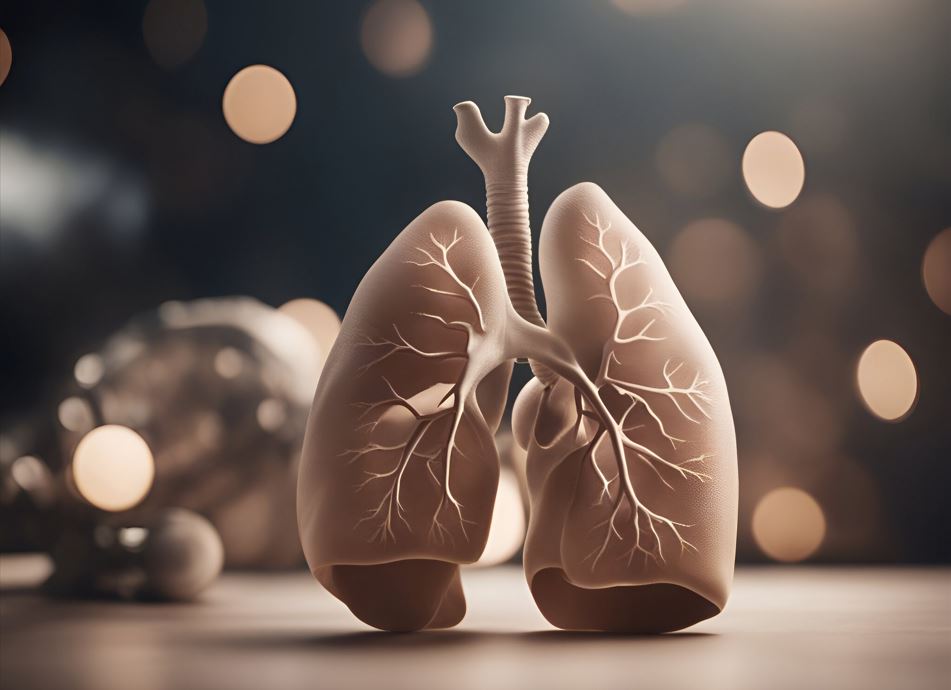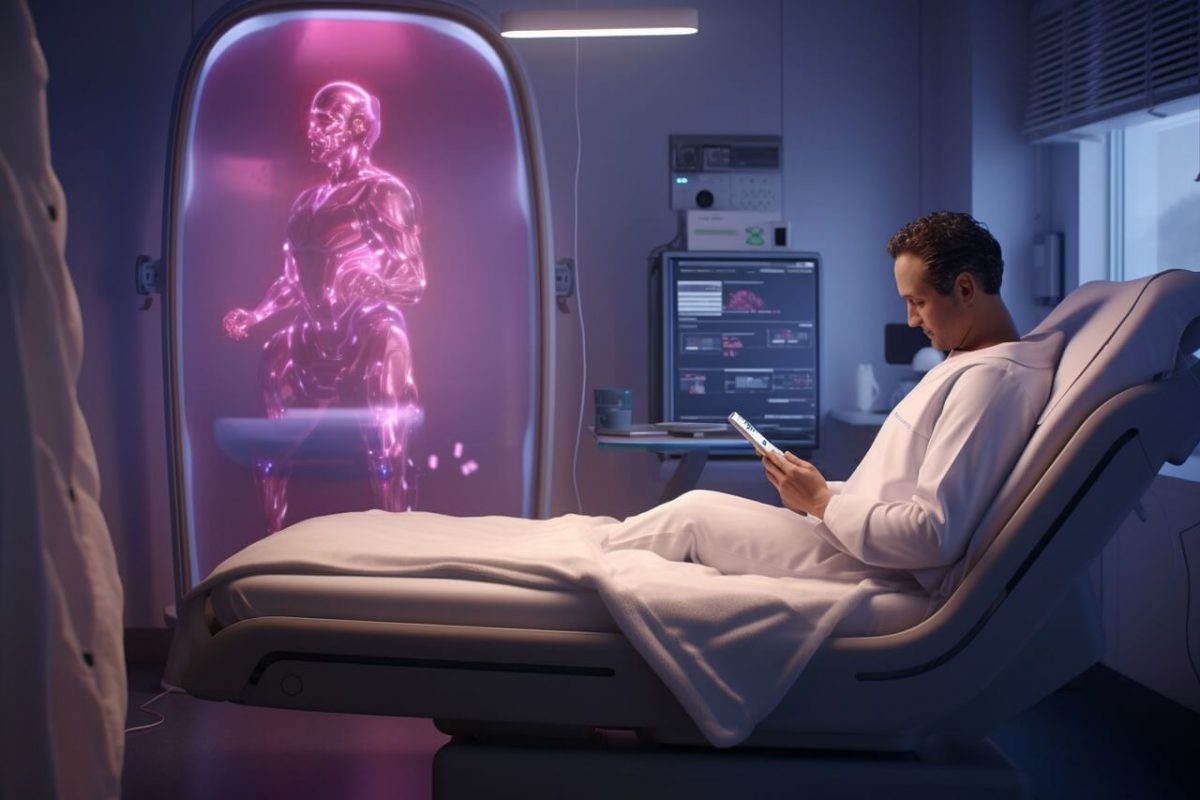The words liver cancer can be a frightening term, but being aware of the early symptoms can make a huge difference. Your liver acts as a cleanup crew in the body, working quietly. Whenever something is not right, it gives you signals. Today, with this blog, we are going to identify those early signals in the easiest manner.
As a professional in medical imaging, I have witnessed thousands of situations where early diagnosis changed the whole situation. With this blog I intend to let you know and make you aware of what your body is telling you. I will explain in simple terms, without any technical medical jargon, so you can take control of your health. At ViaScan we believe that knowledge is power. Our hi-tech imaging Procedures, including CT scans, heart or lung scans, and whole-body scans, enable the identification of any possible ailment prior to its development into serious complications. But before we see what we are seeking, we need to know what we are seeking.
What are the symptoms of liver cancer in women at an early stage that go unnoticed?
Early liver cancer usually has no clear symptoms. In women, the signs often go unnoticed because they resemble everyday fatigue or body pain. The following are some symptoms most women overlook:
Constantly getting fatigued: not a need to have a cup of coffee, but a general exhaustion that can result in difficulty waking up, even the next morning, despite a full night’s rest.
Feeling stuffed soon: taking a bite and then as though there isn’t any more room:
Abdominal pain: Dull pain that does not fade to the right side of the body, pointing at the ribcage.
Unintentional weight loss: weight loss when one is taking a normal diet.
Skin or eye changes: yellow discoloration, signaling jaundice, indicating that the liver is unable to cope with the workload.
Swollen belly: a swollen abdomen causing clothes to tighten, even though you are losing weight in some areas.
Incessant nausea: constant stomach upsets or vomiting without any apparent reason.
Most women dismiss these symptoms as either being stressed or aging. It is dangerous because it is a silent disease. What may appear to be normal tiredness may be an indicator of something more serious.
What are the differences between liver cancer symptoms found in women and men?
The following table discusses different symptoms of liver cancer in men and women. The table comparison shows how men and women deal with the possible liver cancer signs differently.
| In Women | In Men |
| Severe exhaustion often blamed on juggling work and family responsibilities
Abdominal swelling often dismissed as bloating or weight gain; may be confused with reproductive issues Right upper belly pain sometimes confused with gallbladder or digestive issues Symptoms tend to appear more subtly and are dismissed for longer periods Hormonal changes during menstrual cycles or menopause may mask or mimic symptoms Women often wait longer before seeking medical help, putting others first |
Fatigue recognized more quickly as unusual
Abdominal swelling more readily recognized as abnormal Pain more directly associated with liver problems Symptoms often more pronounced or taken more seriously earlier Hormonal changes less noticeable in symptom presentation Men typically seek medical attention sooner when symptoms appear |
Seeking medical help early is not a question of toughness, it is a question of consciousness and paying attention to your body.
Why is timely diagnosis of liver cancer of particular importance in women?
Early diagnosis plays a very important role in the treatment process, so in case of women it becomes even more important since their symptoms are not always considered seriously. Especially when the symptoms are followed by the diagnosis of some other diseases. The cancer can already be developed when the symptoms appear.
Your liver is a tough organ and can even continue working even when it is partially damaged. On one hand, it is amazing to see how the human body keeps on working, but on the other hand, cancer detection becomes more complicated. The disease may develop silently. Liver cancer is very difficult to handle at the advanced stage as compared to when detected at the early stages. Early detection with ViaScan’s imaging services, such as a CT scan for liver cancer detection, will offer treatment opportunities. The early identification with whole-body scan and specialized imaging allows your doctor to identify the issues at a stage when they may be controlled. Wellness Body Scans at ViaScan are meant to prevent the development of these problems even before their symptoms appear.
Do hormonal changes affect the development of liver cancer in females?
Yes, the female body is under a consistent hormonal change each month, menstruation, pregnancy, and menopause, which may influence the appearance of liver cancer symptoms in women. The primary female hormone is estrogen, which may modify the functioning of the liver. According to some studies, hormonal changes may conceal the symptoms or alter the mechanisms of liver action. Women in menopausal condition are characterized by changes in digestion and energy levels, which can hide the loss of appetite symptoms of liver cancer.
Symptoms of liver cancer in women, which include fatigue, bloating, and mood changes, are also symptoms that occur during the hormonal transitions. This can complicate the process of detection, and that is why it is so crucial that women take themselves to routine check-ups and undergo imaging on a regular basis. When it comes to finding liver cancer, the ViaScan CT scan for liver cancer will reveal a true picture of what is occurring inside without complications of any kind.
Choose Our Preventive CT Scan
Early Detection Saves Lives!
-
- Accurate
- Quick Result
- Affordable
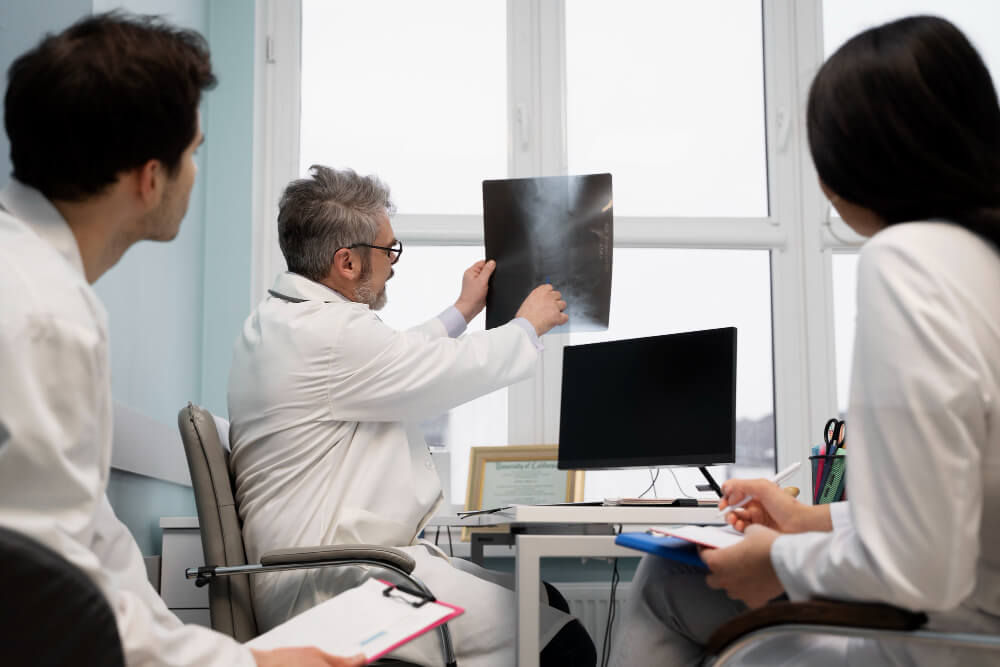
Conclusion
Being busy with daily life responsibilities and while taking care of others, women often neglect their own health. Understanding early symptoms with the help of ViaScan’s scanning services can help run the treatment course smoothly. Do not ignore the constant fatigue or loss of appetite and weight, and listen to what your body is trying to communicate. ViaScan’s comprehensive scanning services can catch the ailment before it becomes untreatable. Your health deserves professional attention, and staying informed and taking preventative measures can save your life.

